Description
Fugu Toxin (Tetrodotoxin): A Deadly Neurotoxin
Chemical Formula: C11H17N3O8
Origin: Found primarily in pufferfish, but also in other marine animals like blue-ringed octopuses and some species of newts.
History and Background:
Tetrodotoxin (TTX), often referred to as “Fugu Toxin,” is named after the Japanese dish “fugu,” which consists of pufferfish. It’s a delicacy in Japan and other parts of Asia, but it’s also potentially fatal if prepared incorrectly. The history of fugu consumption goes back over 2,000 years, despite the known dangers. The toxin itself was first isolated in the early 1900s. The precise use of tetrodotoxin in defense by these marine creatures is still under study, but it is clear that the toxin acts as a powerful neurotoxin to ward off predators.
Mechanism of Action:
Tetrodotoxin is a sodium channel blocker, meaning it binds to voltage-gated sodium channels on nerve cell membranes, inhibiting the transmission of nerve signals. This leads to paralysis, particularly of the respiratory muscles, resulting in death from asphyxiation. Since tetrodotoxin doesn’t affect the brain directly, victims are often fully conscious but unable to move or breathe.
Lethal Dose:
The estimated lethal dose for an adult human ranges from 1-2 mg. Just 1-2 milligrams of tetrodotoxin is enough to cause fatal poisoning. The concentration of toxin in a pufferfish can vary, making it extremely dangerous to consume.
Symptoms:
- Numbness around the mouth and face
- Dizziness and weakness
- Nausea and vomiting
- Difficulty breathing due to paralysis of the respiratory muscles
- Complete paralysis, while consciousness is retained
- Respiratory failure leading to death, if untreated
The symptoms typically start within 10-45 minutes after ingestion, but they can take up to 4 hours to appear, depending on the dose consumed.
Time to Kill:
Death from tetrodotoxin poisoning can occur within 20 minutes to 6 hours after ingestion, depending on the dose and the health of the victim. Without immediate medical intervention, death is almost certain in severe cases.
Can It Be Detected in Autopsy?
Yes, tetrodotoxin can be detected during an autopsy through toxicology analysis. Modern testing techniques, such as liquid chromatography-mass spectrometry (LC-MS), can identify the presence of TTX in the blood, urine, or tissue samples of the deceased.
Antidote and Treatment:
There is no known antidote for tetrodotoxin poisoning. Treatment is mainly supportive and involves:
- Immediate administration of activated charcoal to prevent further absorption of the toxin
- Mechanical ventilation to assist with breathing if respiratory paralysis occurs
- Intravenous fluids to maintain circulation
- Close monitoring in an intensive care unit (ICU) for any signs of cardiac or respiratory failure
Survival beyond the first 24 hours is a good sign, as the toxin gradually leaves the body over time.
Conclusion:
Fugu toxin, or tetrodotoxin, is one of the most potent neurotoxins known to science. Its lethality, rapid onset, and lack of an antidote make it especially dangerous, particularly when consumed through improperly prepared pufferfish. Despite its fatal potential, fugu remains a sought-after delicacy, but its consumption carries a considerable risk. The ability to detect TTX in post-mortem toxicology tests has made accidental or intentional poisoning cases with this toxin traceable.

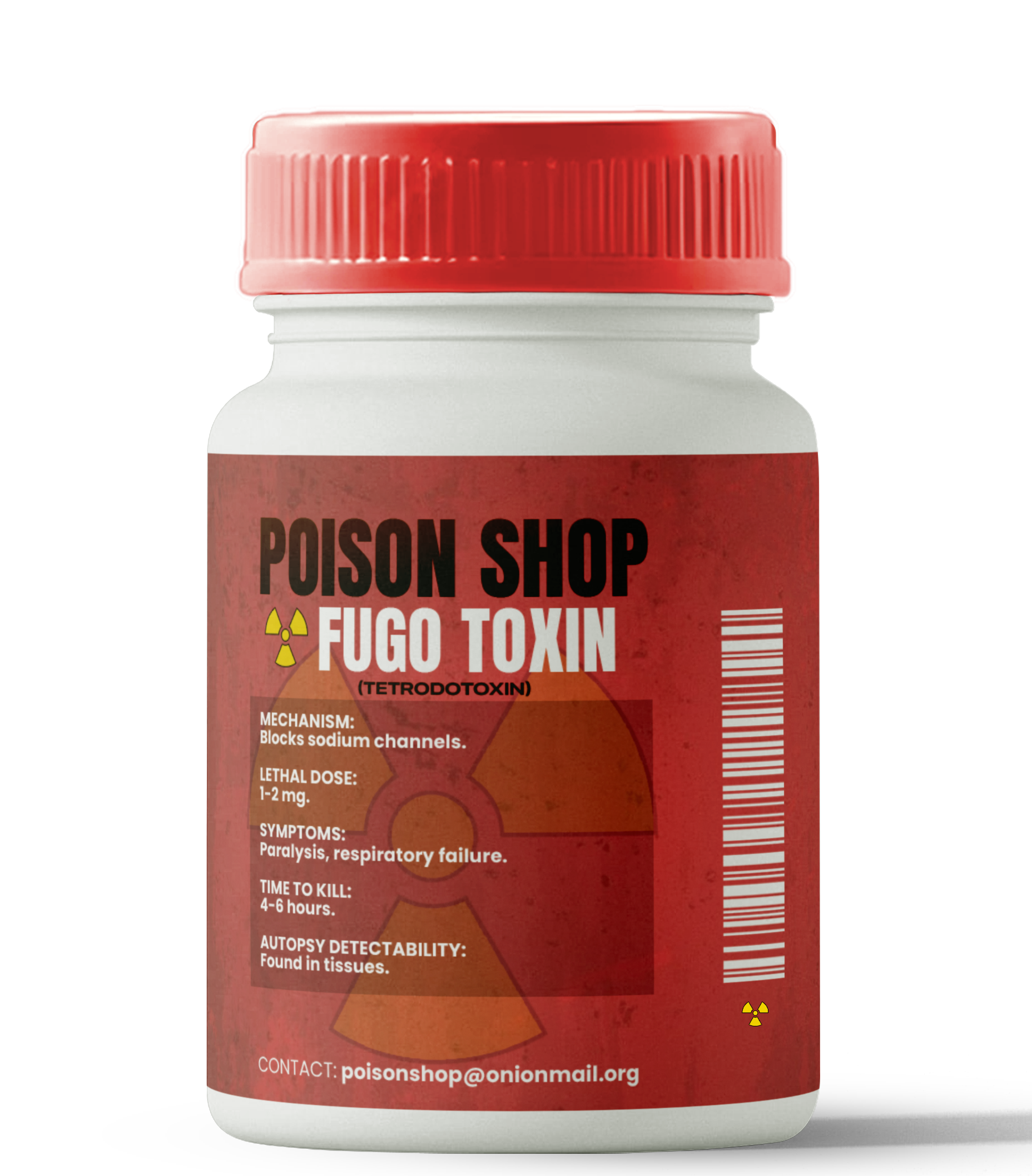
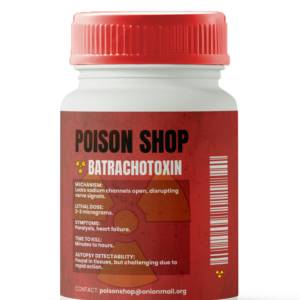
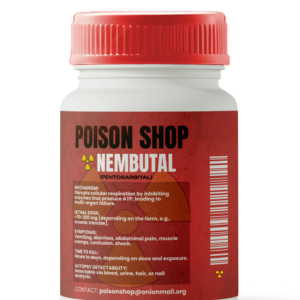
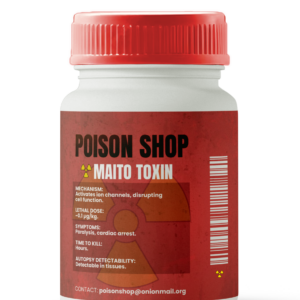
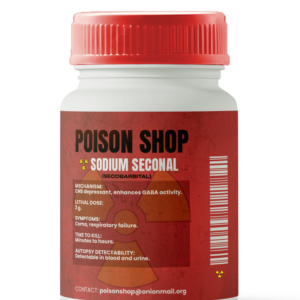
Reviews
There are no reviews yet.